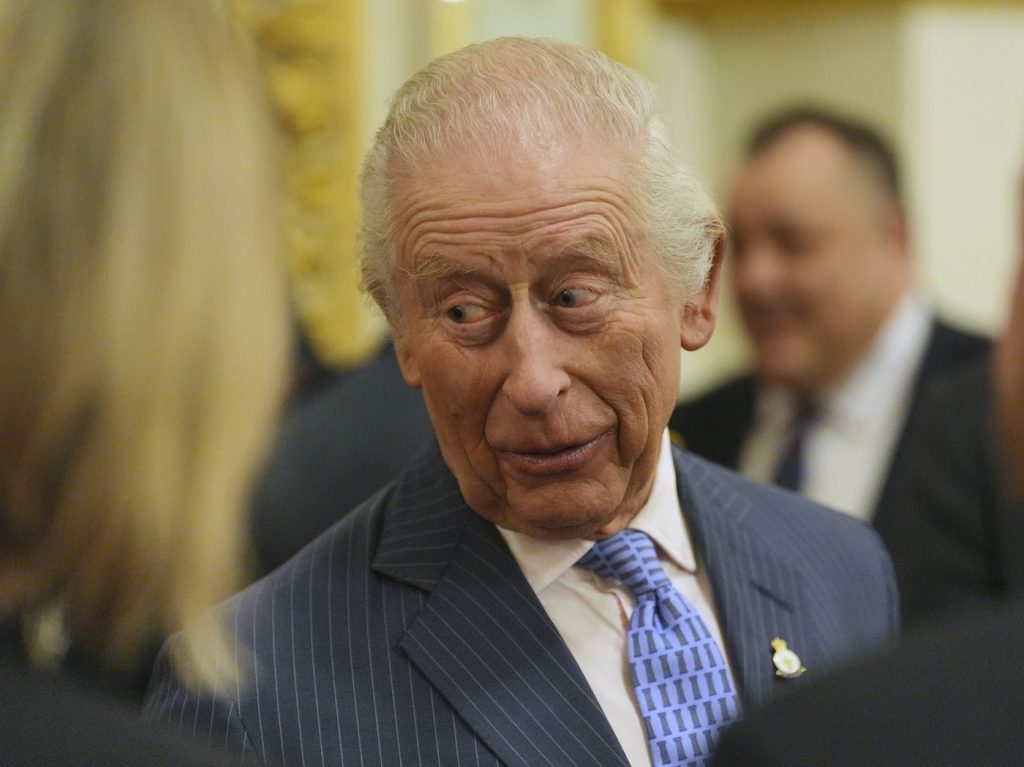Keep an eye out for invasive species says museum curator
Posted Sep 1, 2022 03:04:23 PM.
Invasive plant species impact ecosystems, economies and even the health of those who stumble upon them and are unaware of their adverse effects.
Sean Haughian is the curator of botany at the Nova Scotia Museum. He says invasive species have a few criteria to be considered as such: the plants must be exotic, meaning they're not historically from the area and the plants must have some sort of aggressive spread.
Plants can be exotic without being invasive – Haughian says most plants in people's gardens are technically considered exotic.
Haughian says another type of plant to be on the lookout for is noxious species, meaning plants that can have harmful effects on people. The Giant Hogweed is an example of a noxious plant that has found its way to Nova Scotia.
“Giant Hogweed would be one where I would really encourage people to have a look at some pictures of before they go out for a hike because we really want to know when that one has been detected in a particular area because it is a human health risk,” Haughian told CityNews.
Haughian says Giant Hogweed is an invasive species originally from Northern Asia and Eastern Europe and can cause sun-activated contact dermatitis.
He says when you come in contact with the plant, a small amount of sap can settle on to your skin and won't do anything initially, but once that area of skin gets hit by sunlight, it has a photoactivated reaction which can cause severe chemical burns, blisters and if you were to get it in your eyes, can even lead to temporary blindness.
Haughian says invasive species can have a significant impact on local ecosystems. A good example locally, he says, is Japanese knotweed.
“It's invading out in Crystal Crescent Beach,” Haughian said.
“There's a little chunk of coastal barren on the trail near the beach where it has just become overrun with invasive knotweed.”
“And that would normally have been a coastal barren with berries like blueberries and various small shrubs/now it's just this dense patch of knotweed that has displaced the native species and there is nothing that grows on the ground under that knotweed; it just blocks out the life completely. “
And the impact on ecosystems isn't the only issue to be concerned with invasive plant species – it also costs a lot of money to keep them in check.
Haughian says he has read the impact on the US economy from dealing with invasive species is in excess of 138 billion per year.
“Parks Canada and the national park service in the US spend millions of dollars on control programs to keep invasive species from displacing our native flora and fauna.”
Haughian says he appreciates when people notify the museum of invasive species – but rather than bring any plant material in, those looking to report on an invasive species should take ample photos and go through the proper channels.
Haughian explains that to avoid having to take follow-up photos, those who believe they have discovered an invasive species should take pictures of the plant in its entirety, take photos of the plant's flowerheads and leaves, and use something for scale in the image.
Those looking to report an invasive plant can contact the department at this link: https://nsinvasives.ca/report-an-invasive-species/








